The U.S. manufacturing sector contracted in March after two months of growth, while inflation at the factory level reached its highest level in nearly three years. Concerns over tariffs on imported goods have contributed to uncertainty in the sector.
According to the Institute for Supply Management (ISM), the manufacturing Purchasing Managers’ Index (PMI) fell to 49.0 in March from 50.3 in February. A PMI reading below 50 indicates contraction in the sector, which represents approximately 10.2% of the U.S. economy. Economists polled by Reuters had forecast a decline to 49.5.
Manufacturing had shown signs of recovery earlier this year following a downturn caused by the Federal Reserve’s interest rate hikes in 2022 and 2023, which were implemented to control inflation. However, recent trade policies, including tariff measures, appear to have impacted growth.
The U.S. administration has introduced or proposed a series of tariffs on imports from various countries, citing trade policy objectives. These measures include tariffs on steel and aluminum imports, as well as a 25% levy on imported cars and light trucks. Additional tariff policies are expected to be announced.
Economic Impact and Inflationary Pressures
Economists have raised concerns about the potential economic impact of these tariffs, noting that increased import duties could contribute to higher costs for businesses and consumers. The Federal Reserve has maintained its current interest rate policy while assessing the potential effects of tariffs on overall economic activity.
Goldman Sachs has revised its recession probability forecast to 35% over the next 12 months, up from 20%, citing declines in consumer and business confidence. Economists have also highlighted the reliance of domestic manufacturers on imported raw materials, warning of potential supply chain disruptions.
The ISM survey’s new orders sub-index declined to 45.2 in March, the lowest reading since May 2023, down from 48.6 in February. Factory production also saw a decline. Additionally, the measure of prices paid by manufacturers for inputs increased to 69.4 from 62.4 in February, reaching its highest level since June 2022. This suggests that inflationary pressures in the manufacturing sector may persist.
Supply Chain and Employment Trends
Supplier delivery performance remained slow in March, with the survey’s supplier deliveries index decreasing to 53.5 from 54.5 in February. A reading above 50 indicates slower deliveries. The flow of imports also declined, indicating a potential reduction in businesses stockpiling materials in anticipation of higher costs due to tariffs.
Employment in the manufacturing sector continued to decline, with the employment index falling to 44.7 in March from 47.6 in February. Analysts suggest that job losses may continue if businesses face increased costs and supply chain disruptions.
As trade policies continue to evolve, the manufacturing sector will be closely monitored for further economic impacts, particularly in relation to inflation, employment, and supply chain stability.
Stay current with supply chain report news at The Supply Chain Report. For international trade resources, visit ADAMftd.com.
#USManufacturing #EconomicSlowdown #TradeTariffs #InflationImpact #SupplyChainTrends #IndustrialProduction #ManufacturingDecline
















